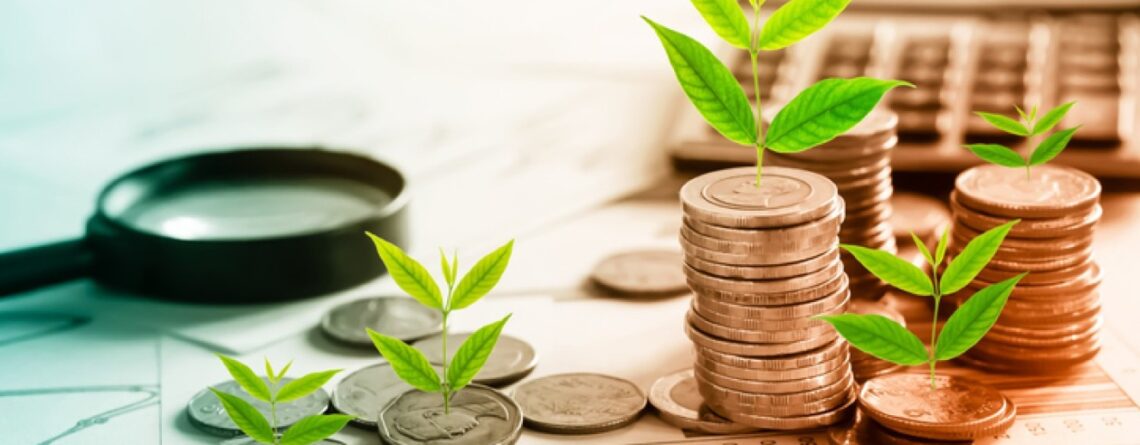My word is my bond: Linking sovereign debt with national sustainability commitments
By Anderson Caputo Silva, Fiona Stewart
The global COVID-19 pandemic has caused millions of deaths and the greatest global economic downturn in nearly a century. Public debt increased by $8.5 trillion in 2020, up to September, including by $1.4 trillion in emerging markets. At the same time, unprecedented levels of investment will be needed to fund COVID-19 stimulus and relief packages, as well as to address the challenges posed by climate change and the degradation of ecosystems that regulate the air, water and soil on which we all depend.
In this context, policy makers, the private sector, and investors are asking whether the solutions to these challenges can be linked. These connections are, in fact, already being made in the financial markets. In 2019, sustainability-linked loans (SSL) tying the interest rate to a company’s performance reducing its impact on climate and the environment, increased by over 168% from a year earlier, with major agricultural firms including Bunge, Louis Dreyfus and Wilmer among the issuers. The growth in these loans is expected to continue. The market for sovereign bonds that finance sustainable development is also developing fast. Governments issued over $13 billion in sustainable-labeled bonds during the first half of 2020, according to the Climate Bonds Initiative.
Linking financial instruments to NDCs and other targets
Sustainability-linked bonds promise to use their proceeds to finance sustainable development. The question is whether the sovereign debt markets are now ready to complement these “use of proceeds” instruments with “performance-linked” instruments which tie interest rates or refinancing mechanisms to the achievement of sustainable goals. Targets could include countries’ Nationally Determined Contributions (NDCs) to the Paris Agreement. The NDCs are currently being updated under the “ambition mechanism” of the Paris Agreement to reflect 2030 targets at the forthcoming UN Climate Change Conference (COP26) in November. Nature-related targets will also be set this year as a new Global Biodiversity Framework is agreed upon through the Convention on Biological Diversity (CBD COP 15).
Source: World Bank Blogs











